A Beginner’s Guide to Growing Mango Trees: From Seed to Fruit
The enchantment of nurturing mango trees from their infancy transcends the anticipation of its fruit. Indeed, it’s a profound engagement. It connects us deeply with the rhythm of the natural world. This venture into horticulture is not merely about the end product but the entire journey — from the tender sprout breaking ground to the mature tree laden with golden fruits. It’s a practice in patience, observation, and care, offering a unique opportunity to witness the miracle of growth and the cycles of life up close. For the aspiring gardener, mastering the basics becomes not just a pursuit of cultivation […]

The enchantment of nurturing mango trees from their infancy transcends the anticipation of its fruit. Indeed, it’s a profound engagement. It connects us deeply with the rhythm of the natural world. This venture into horticulture is not merely about the end product but the entire journey — from the tender sprout breaking ground to the mature tree laden with golden fruits. It’s a practice in patience, observation, and care, offering a unique opportunity to witness the miracle of growth and the cycles of life up close. For the aspiring gardener, mastering the basics becomes not just a pursuit of cultivation but a passage to a deeper, more intimate connection with the earth. Each step, from soil preparation to harvest, is a lesson in the symbiosis between human and nature, turning the act of growing a mango tree into a source of endless wonder and joy.
Mango trees symbolize nature’s abundance, offering sweet fruits and lush beauty

How To Grow Mango Trees
Embarking on the journey to cultivate a mango tree is not just gardening. It’s a foray. It is a world where patience, dedication, and a deep connection with nature converge, creating something truly magical. It’s about transforming a tiny seed into a towering beacon of life, offering both shade and sustenance. Here’s an in-depth exploration of how to nurture these magnificent trees from seed to fruit, drawing on the essence of what makes gardening such a rewarding endeavor.
Watching a mango tree bloom signals the promise of future delights
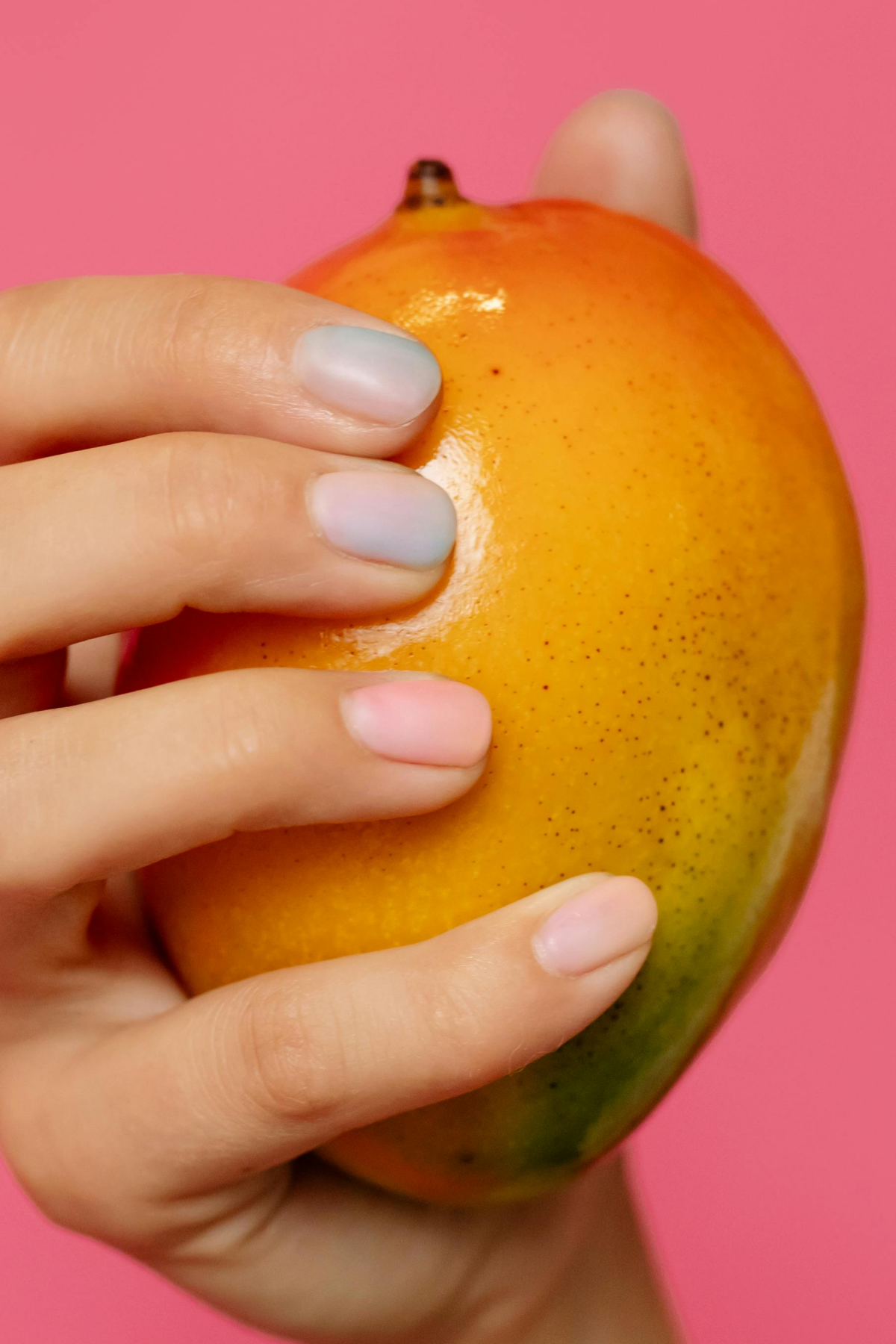
Choosing the perfect seed
Choosing the right mango seed is the first step in your horticultural adventure. Mango seeds vary, from the polyembryonic seeds, which promise almost identical replicas of the mother tree, to the monoembryonic, which are a genetic lottery. Opting for healthy, robust seeds from a fruit you adore can be a good starting point, ensuring a lineage of taste and quality.
Caring for a mango tree teaches patience through its gradual growth

Soil requirements
A mango tree’s health is deeply rooted in the soil it calls home. Optimal growth thrives in richness. Loamy soil, boasting a fine balance between moisture retention and efficient drainage, serves as the foundation. This ensures the roots have access to essential nutrients without the risk of waterlogging, which can lead to root rot. Incorporating organic compost not only enriches the soil with nutrients but also improves its structure, promoting vigorous root development. The ideal pH range for mango trees lies between 5.5 and 7.5, creating an environment where nutrients are readily available for absorption.
Harvesting mangoes rewards the gardener’s efforts with juicy, sweet fruit

Choosing the right location
The choice of location for planting a mango tree is a critical decision that influences its growth and fruit production. Mango trees flourish under the full embrace of the sun, requiring at least six hours of direct sunlight daily to thrive. The site should offer protection from strong winds, which can damage the tree and its fruit. Additionally, consider the tree’s mature size. Mango trees can grow quite large, necessitating ample space for both the canopy and root system to expand without impediments. This foresight prevents overcrowding and promotes a healthy, productive tree.
Beneath a mango tree’s shade, one finds peace and solace
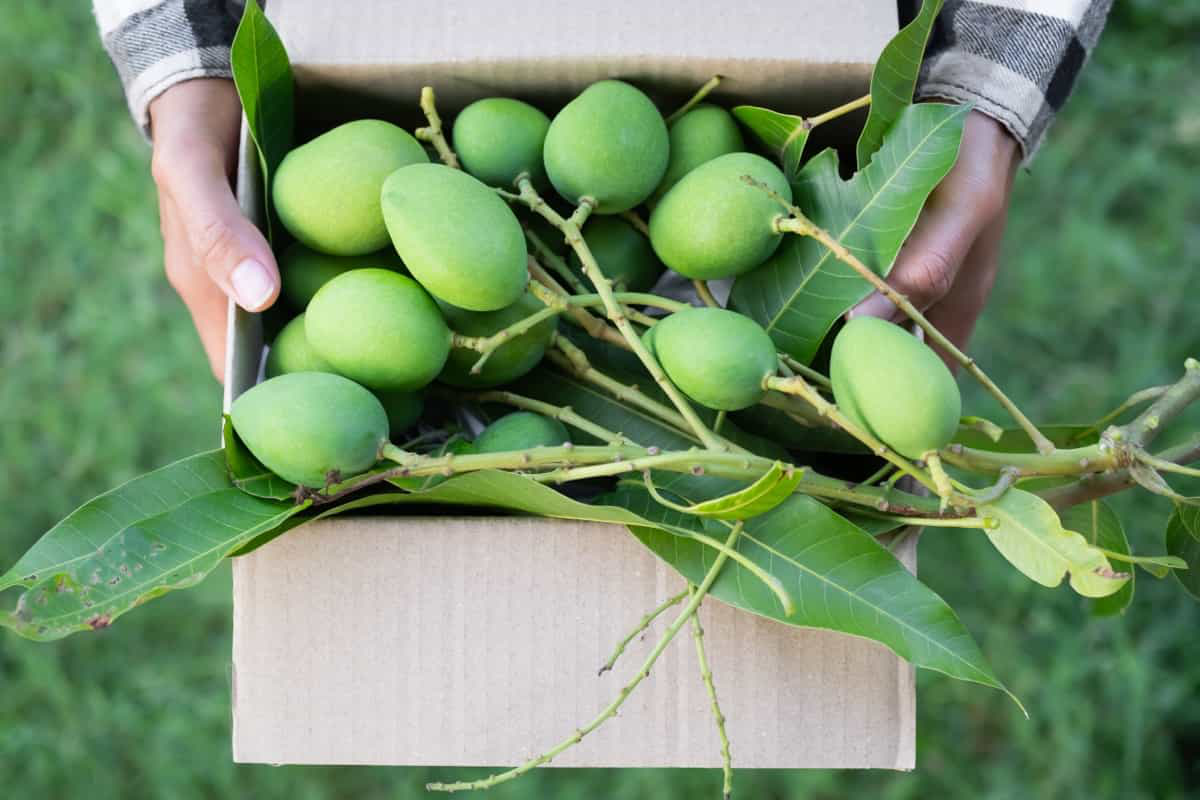
Planting
Planting a mango tree is the act of setting the stage for years of growth and harvests. If starting from a seed, select a healthy, mature seed from a delicious mango variety. For grafted saplings — offering a shortcut to fruit production — ensure the graft union. It should be above the soil line when planting. Dig a hole twice as wide and just as deep as the root ball, allowing room for the roots to spread. Position the tree in the center, backfill with soil, and water thoroughly to settle it in. This initial care establishes a strong foundation for the tree’s future.
Mango trees carry stories of care passed down through generations
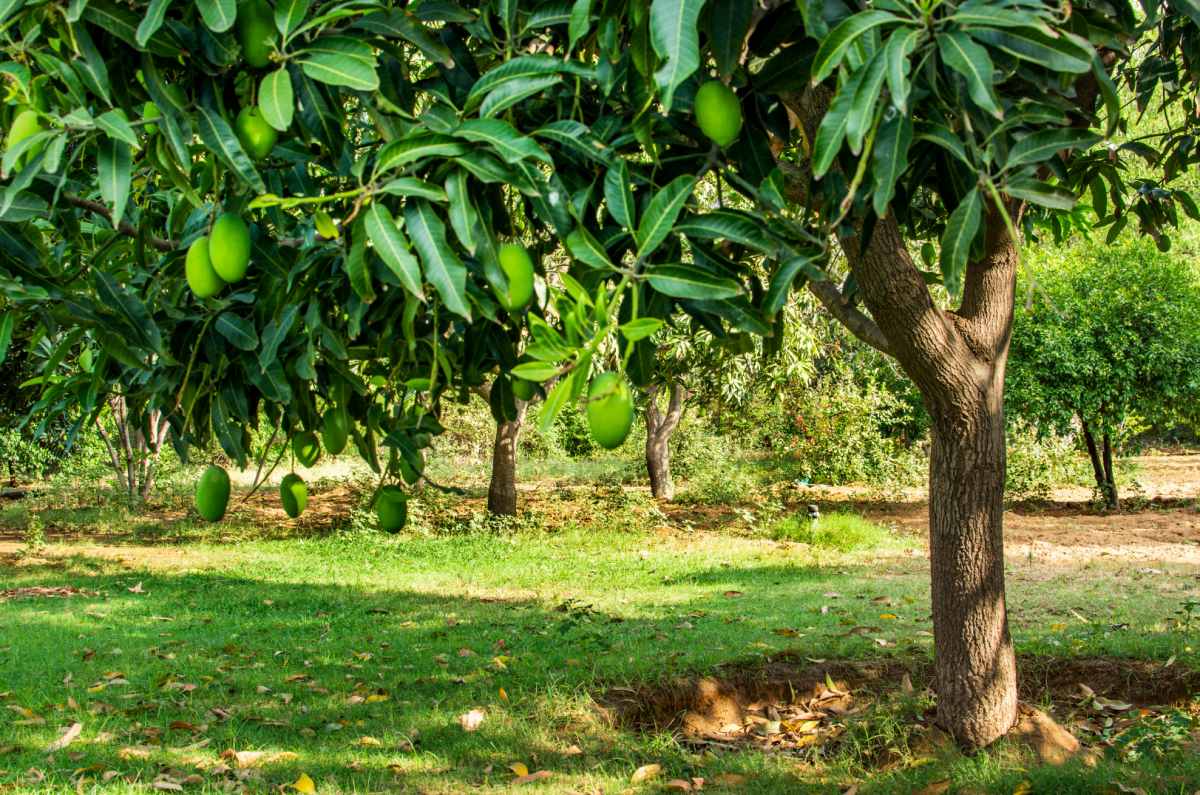
Watering
Watering practices for mango trees vary with their life stage.Young saplings require consistent moisture. This supports their rapid growth and necessitates regular watering sessions. However, it’s crucial to allow the top inch of soil to dry out between waterings to prevent overwatering. As trees mature, they become more drought-tolerant, requiring less frequent watering. Implementing a deep watering technique encourages deeper root growth, enhancing the tree’s stability and drought resistance.
The tree’s blossoms mark the hopeful beginning of fruiting seasons
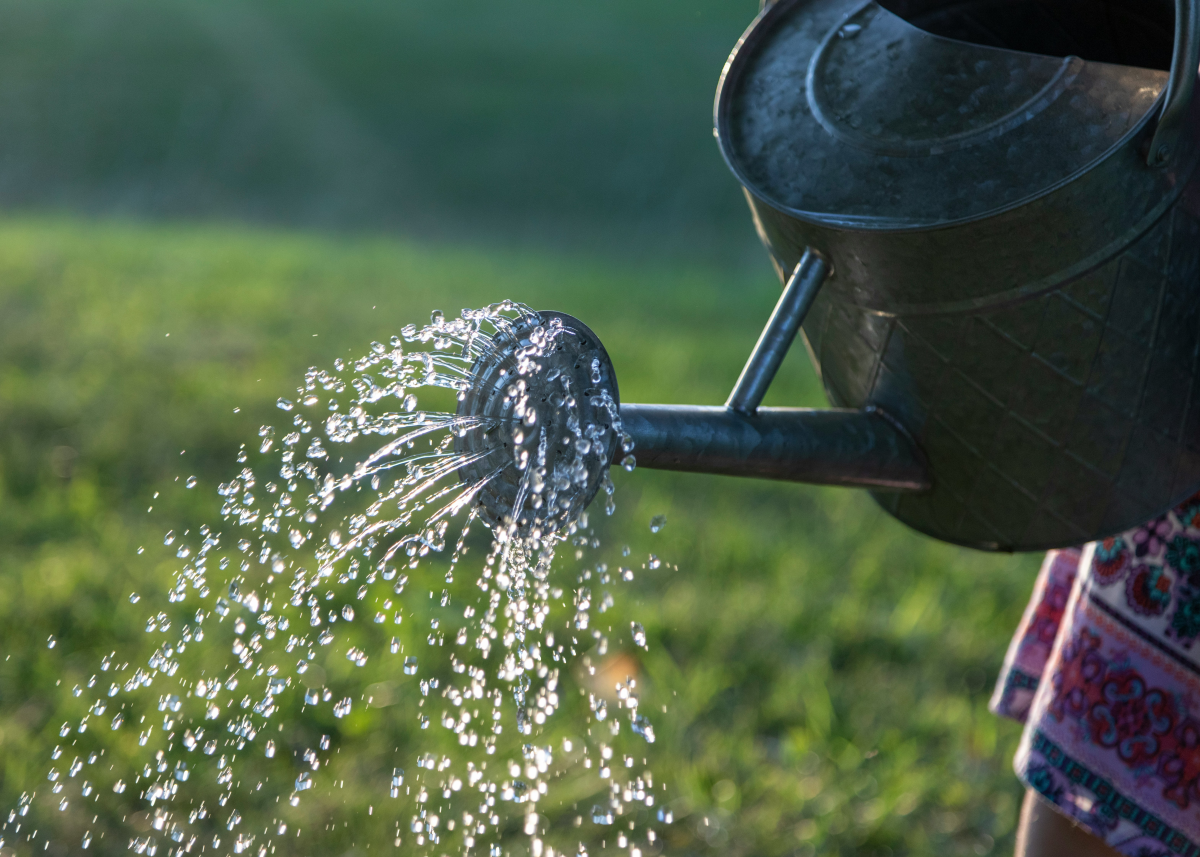
Fertilizing
Fertilization is a vital aspect of mango tree care, providing the necessary nutrients for growth, flowering, and fruiting. A balanced fertilizer, rich in nitrogen, phosphorus, and potassium, supports leafy growth and overall health. Application frequency and formula change as the tree matures, with more phosphorus and potassium needed to support flowering and fruit development. Always follow the manufacturer’s instructions to avoid over-fertilization, which can harm the tree.
Mango trees remind us of our connection to the wider ecosystem
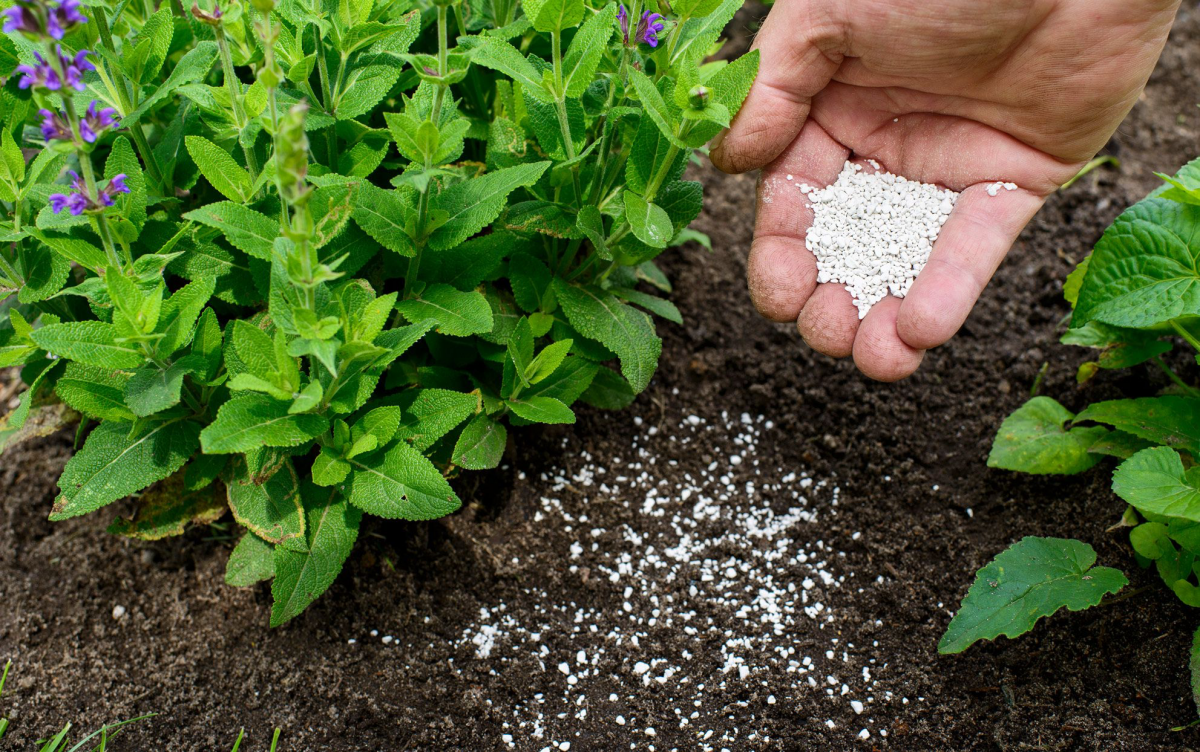
Pruning
Pruning mango trees is an art that balances aesthetics with productivity. The goal is to create an open, airy structure that allows sunlight to penetrate and air to circulate freely, reducing the risk of disease. Pruning is best done after the harvest. Remove dead or diseased wood, thin out crowded branches, and shape the tree for optimal growth. Strategic pruning can also encourage more fruitful branches, enhancing the tree’s yield.
Pruning shapes the tree’s future, blending art with horticulture

Common pests
Mango trees, in their lush splendor, can attract a variety of pests, each capable of diminishing the health and yield of these tropical treasures. Mango borers tunnel into the trunk and branches. They compromise the tree’s structural integrity and sap its vitality. Aphids and spider mites, tiny as they are, can cause outsized damage by sucking on the sap of young leaves and shoots. This leads to weakened growth and potentially transmitting diseases. To combat these pests, an integrated pest management (IPM) approach is paramount. This strategy involves regular monitoring to catch infestations early, employing cultural practices such as maintaining cleanliness around the tree to reduce pest attraction, and using targeted organic or chemical treatments as necessary. The goal is not just to react to pests, but to create an environment less conducive to their proliferation.
Guarding against pests becomes a commitment to the tree’s health
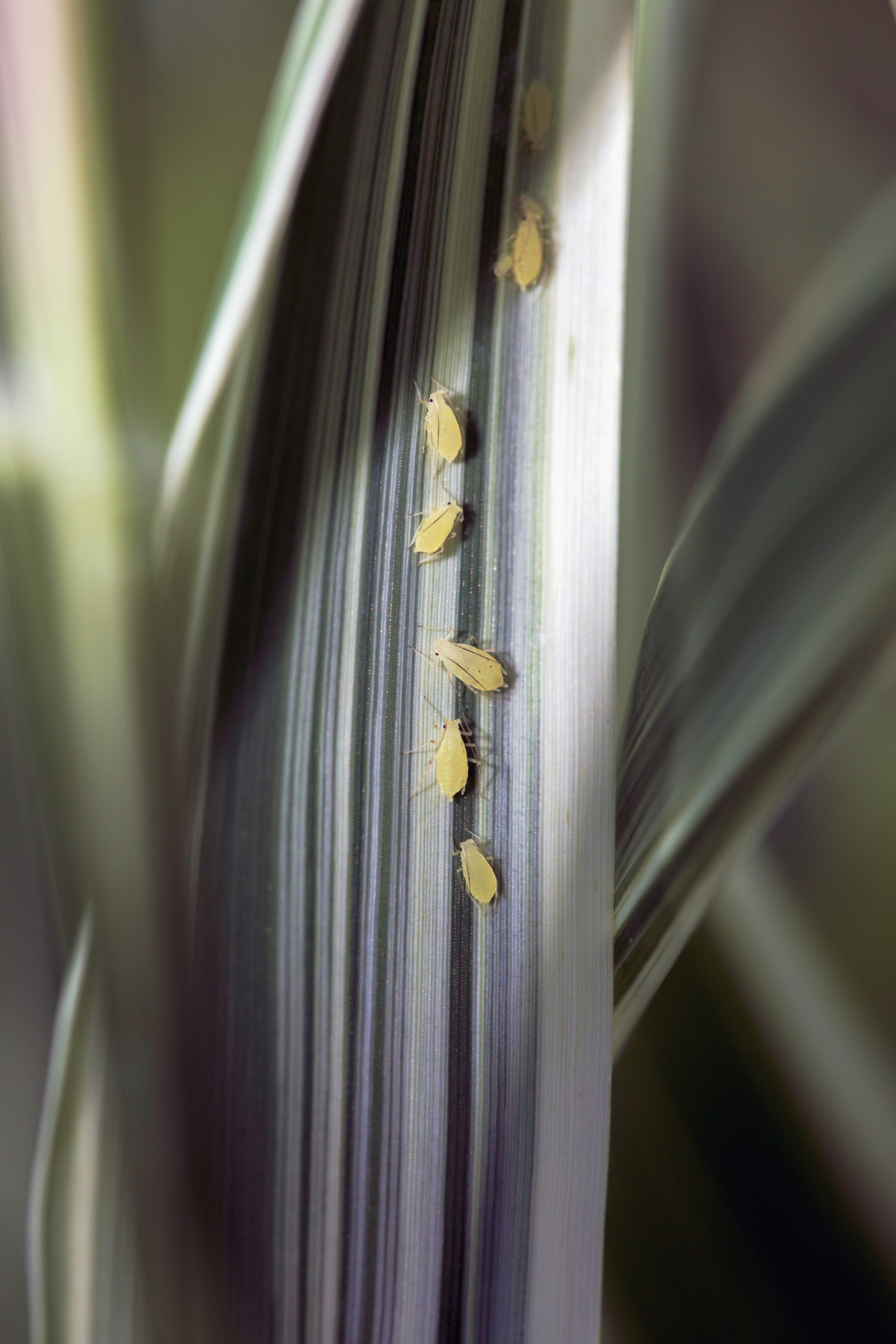
Common diseases
Diseases like anthracnose and powdery mildew represent significant threats to mango trees, manifesting in black spots on fruits and a powdery white coating on leaves, respectively. These diseases affect the aesthetic appeal of the tree and its fruits. They can also lead to significant crop loss if left unchecked. Preventative measures, such as ensuring adequate air circulation around the tree and avoiding overhead watering to keep foliage dry, are key in reducing the incidence of these diseases. Should infection occur, treating the tree with appropriate fungicides, either organic or conventional, depending on the severity of the outbreak, can help manage these diseases. Regular inspections of the tree for signs of disease, coupled with prompt action, are critical in maintaining the health and productivity of mango trees, ensuring they continue to thrive and produce bountiful harvests.
Grafting introduces a tapestry of flavors and resilience in mango varieties

Encouraging growth
To encourage vigorous growth and abundant flowering in mango trees. This involves a combination. Proper care and strategic interventions are key. Adequate watering, balanced fertilization, and regular pruning set the stage for healthy development. To promote flowering, reducing water intake as the cooler season approaches can stress the tree just enough to initiate flower production. Additionally, applying a low-nitrogen, high-phosphorus fertilizer can encourage the tree to focus its energy on flowering.
The rustle of mango leaves speaks to the cycle of seasons
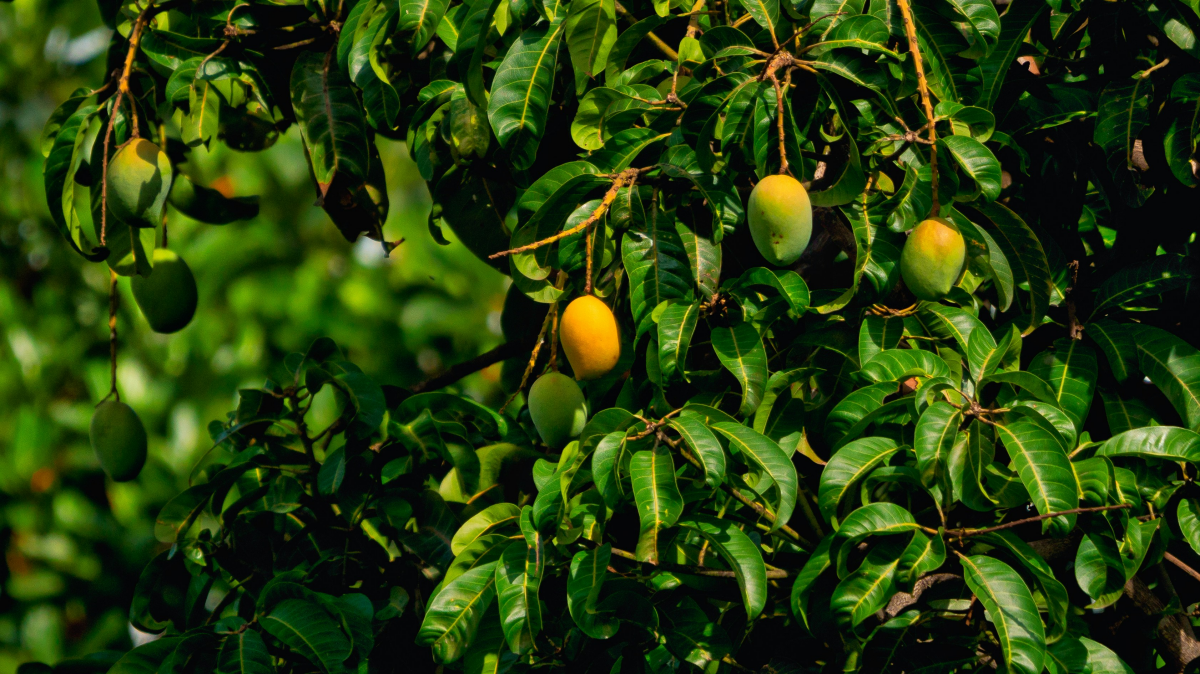
Harvesting
Harvesting mangoes is a delicate dance of timing and technique. Fruits should be harvested when mature, indicated by a change in color, a slight softening, and a fruity aroma at the stem end. Unlike some fruits, mangoes continue to ripen after being picked, so harvesting them at the right stage ensures they develop the perfect flavor and texture. Use a pair of pruning shears or a sharp knife to cut the fruit’s stem about an inch from the mango, being careful not to damage the tree or the nearby fruit. Handling the fruit gently to avoid bruising will keep them in prime condition from tree to table.
Sharing mangoes from your tree fosters community bonds

Common challenges
Growing mango trees is not without its hurdles. Environmental stresses, improper care, and unforeseen pests and diseases can all impact the health and productivity of your tree. One of the most common challenges is irregular fruiting, often caused by inadequate flowering or poor pollination. Ensuring your tree receives optimal care year-round can mitigate these issues. Additionally, sudden changes in weather, particularly unexpected cold snaps, can damage the tree or its fruit. Providing windbreaks, mulching, and, if necessary, using protective covers can help shield your tree from the elements. Adapting to these challenges with patience and resilience is part of the journey. Regular observation and a willingness to learn from each season’s successes and setbacks will enhance your skills as a mango grower.
With age, a mango tree symbolizes endurance and the fruits of dedication
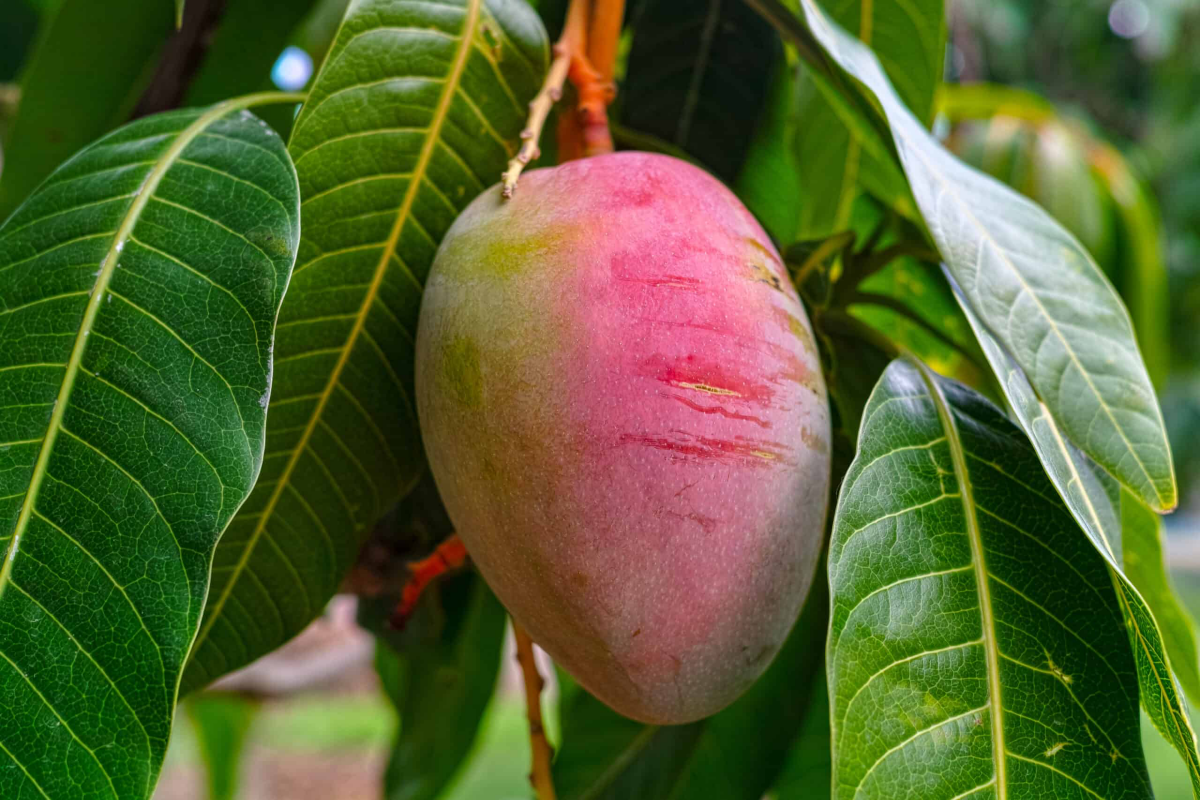
The process of growing a mango tree — from the careful selection of soil and site, to the joy of harvesting sun-ripened fruits — stands as a testament. It reflects the gardener’s deep commitment to nurturing life. Consider it a long-term relationship. Each season brings its own set. Lessons, challenges, and rewards unfold in turn. The satisfaction of biting into a mango simply remains unmatched. It’s a sweet reminder of the beauty of growth, the importance of care, and the undeniable bond between humans and the earth.
Each mango tree stands as a living testament to nurturing care

